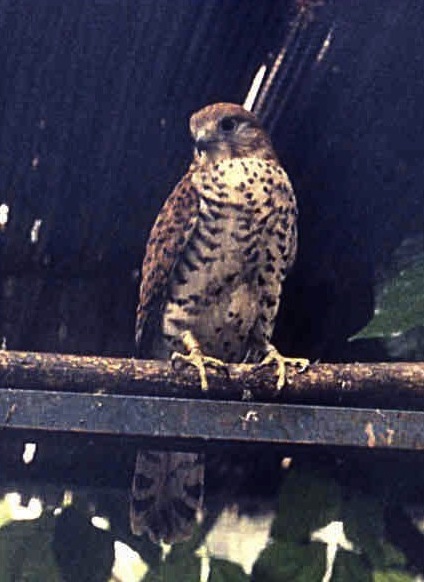Facts About Mauritius kestrel
The Mauritius kestrel, a bird of prey native to Mauritius, belongs to the Falconidae family. This distinctive species thrives in the forests, cliffs, and ravines of the southwestern plateau of Mauritius. It is considered the most unique kestrel in the Indian Ocean, likely having evolved into its current form during the Gelasian period.
By 1974, the species had nearly been driven to extinction, with only four known individuals remaining. However, thanks to dedicated conservation efforts, the population rebounded to approximately 400 birds by 2019. This remarkable recovery is celebrated as one of the world's most successful bird restoration projects.
The Mauritius kestrel is a small bird, with males being slightly smaller than females. They typically measure between 26 and 30.5 cm and weigh up to 250 grams. Their wingspan is around 45 cm, featuring rounded wings, a distinguishing characteristic among falcons. In captivity, these birds can live up to 15 years. Their diet mainly consists of geckos, dragonflies, cicadas, cockroaches, crickets, and small birds, which they hunt through swift, agile flights in forested areas.
The drastic decline in their population was due to several factors, including deforestation, cyclones, the use of DDT, and the introduction of invasive species such as cats, mongooses, and macaques. In the 1970s, biologist Carl Jones spearheaded conservation efforts by establishing a wildlife sanctuary on Île aux Aigrettes. Initiatives such as breeding programs, captive rearing, and habitat conservation played crucial roles in boosting the kestrel population. By 2005, the population had grown to at least 800 mature birds, and the species was downlisted to vulnerable by the IUCN in 1994.
Despite this progress, the Mauritius kestrel was reclassified as endangered in 2014 due to a decline in numbers. Conservation efforts are ongoing, focusing on monitoring the population, preserving habitats, and controlling introduced predators. The species still faces significant challenges, including inbreeding depression and the potential impacts of random events on its small, island-based population. The endangered status underscores the persistent threats and vulnerabilities that the Mauritius kestrel continues to face in its unique environment.
